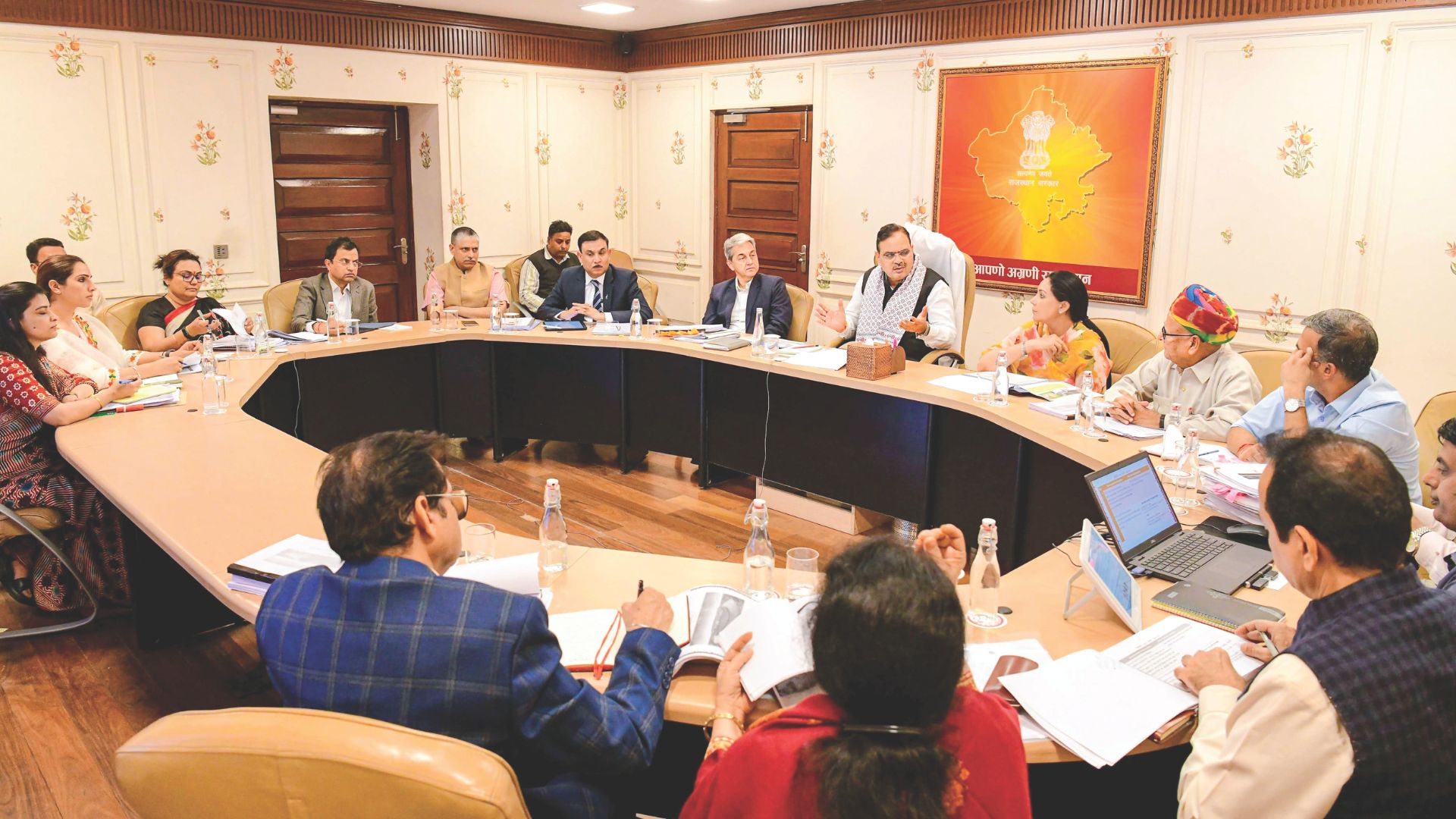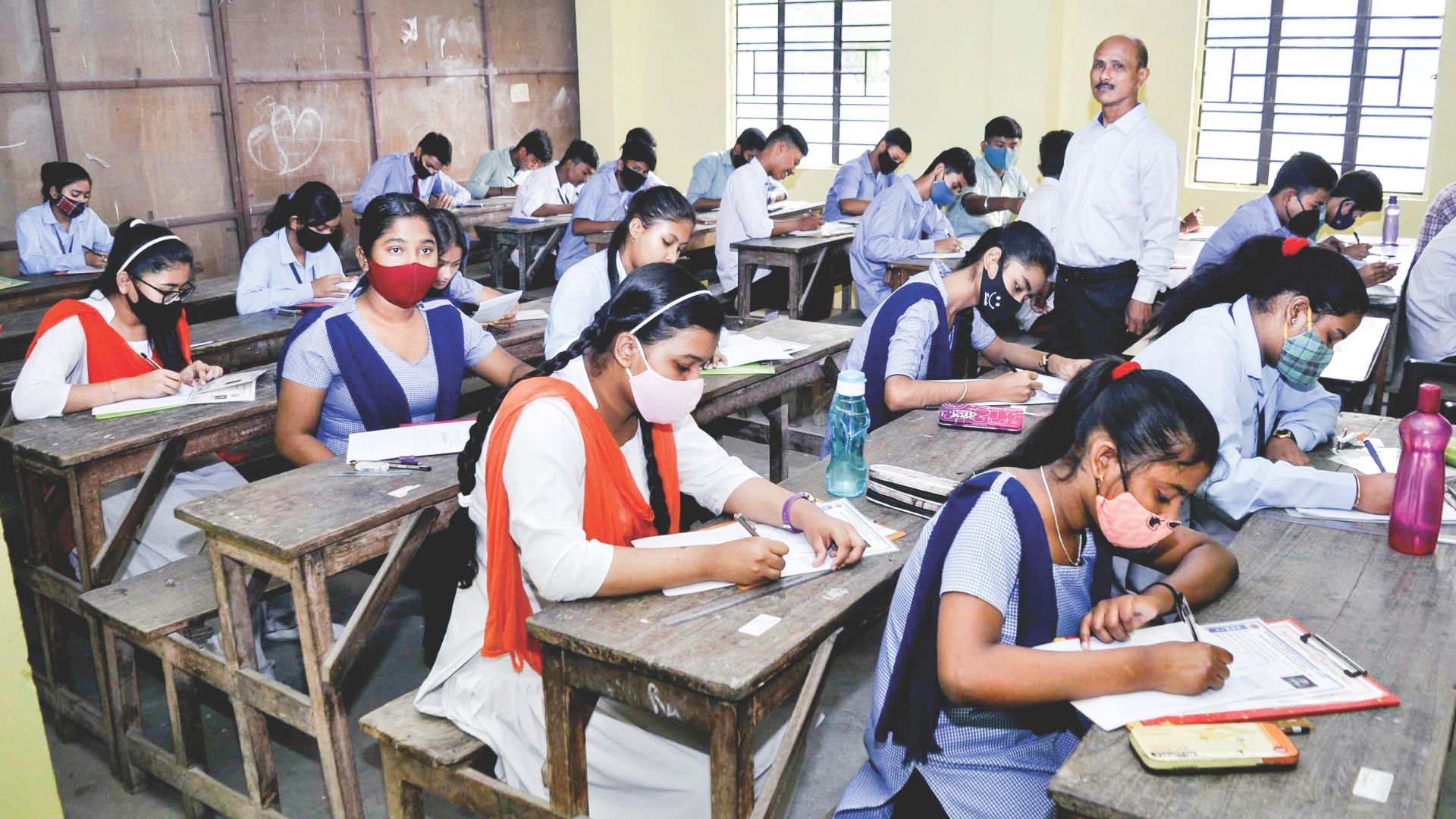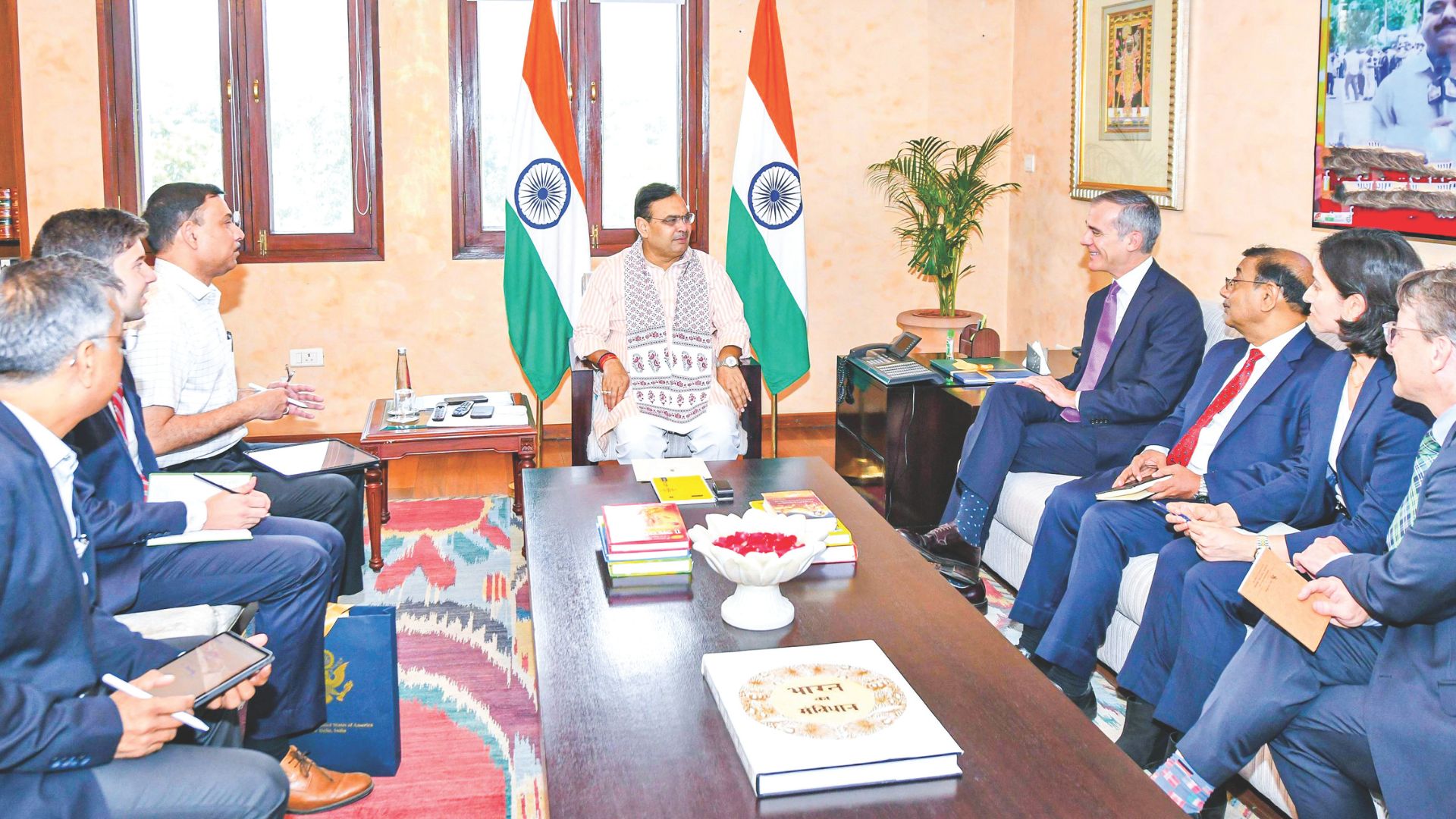
Almost a decade back, the term “demographic dividend” was coined and it was predicted that skilling youth was the only answer to one of our major problems that is unemployment. In the last decade, we got exposed to many new things which we had not anticipated like prevalence and power of social media, spread of the pandemic, life coming to a standstill and the importance of being healthy in every respect.
The government had launched the “Skill India Mission” in 2015, to create integration across sectors and states in terms of skill training activities and to achieve the vision of “a Skilled India”, the objective of which was to create a trained workforce of employable youth. The problem of finding skilled labour is as diverse in our country as its topography. Every region, state, and community have their own set of problems which are quite distinct in nature. Then how come one scheme provide solution to the diverse problems being faced in the different sectors and states.
Let’s understand this with the help of examples. In Ladakh, Jammu & Kashmir and Northeast states, the problems were insurgency, non-availability of industries/businesses and geographical/linguistic challenges. In UP, MP, Punjab and Maharashtra, there were too many choices for the candidates, and they became addicted to freebies, after free trainings and support, they do not want to work but lead a crippled life.
To recapture the “demographic dividend” that has been much extolled, the government had to develop and implement measures and initiatives swiftly and effectively. To become a centre of modern manufacturing, India needed and still needs a large pool of skilled talent.
A humongous sum of Rs 25,000 crore has been allotted to the development of the sector, with an aim to create more jobs and improve efforts on skill development. The budget emphasised and created a new dynamism in the social sector. Funds alone cannot result in desired and sustainable results, what is also required is planning and strategy which will get all the stakeholders of the skill ecosystem invested in the process significantly.
The challenges are unusual. On the one hand, the Make-in-India programme needs highly skilled technicians who can work effectively, and with ease, in world-class manufacturing facilities. On the other hand, 50 lakh youth drop out of the education system in India every year. Unfortunately, these youngsters have not learnt any vocational skills, neither are they ready to meet the requirements of the labour market. As a result, they also get added to the extended list of unemployed.
After seven years of its implementation, what does the report card of the Skill India mission indicates? There is a considerable number of people who have been trained and placed too, but a majority are still unemployed or unfit to be employed. Skill training is being conducted in a haphazard, ad hoc manner. There are still a vast number of industries and sectors like healthcare, energy, mining, oil and gas extraction, technology, engineering, biotech, sales, and manufacturing where the demand for skilled labour force is unmet. The activity of skill development is being carried out only with a purpose to tick the box, to quote numbers and figures on websites and social media.
How are we assessing the efficacy and sustainability of the programme? In the last two years, the world went through multiple changes and at a breakneck speed. Every industry went online from offline overnight and now is back to offline again. These unprecedented changes have forced people to adapt and explore new skills.
Skills and knowledge play a decisive role in economic growth and social development for any nation. Governments across the globe are concentrating on the substantial contribution of vocational education and training for the countries’ growth and potential. Investing in skill development is all the more important at a time when skill gap is a major concern globally. By 2025, a projected 70% of the population in India will be in the working-age group. But will they get employment is always a haunting concern about this group.
To do this right, we need to redefine and realign our training/skilling programmes to the progressive and futuristic sectors like electric vehicles, organic farming, drone flying and maintenance, cyber security, healthcare technicians, to name a few. We need to skill the workforce not just for the coming 2-3 years, but a longer duration than that. Another thing that needs to be done is learning from countries like Germany who are skilling their youth most successfully. The key mantra there is involvement of two major stakeholders—industry partners who are employers and trainees who will get employment at an extensive and intensive level.
Government and private sector collaboration could be one of the ways to address this skilling challenge. Industries should be incentivised and involved not only to run training programmes, but also to design and curate so that there are no gaps in demand and supply chain at any level. The government must run campaigns to change the mindset of all stakeholders involved. At times, there are jobs in locations other than their native places, but candidates do not wish to relocate or join for various reasons or misconceptions.
Hiring for jobs in India must shift from “qualification-based” to “skill-based”. Almost every hiring is done using education and qualification as a substitute for skill. This is an obstruction that needs to be addressed by National Skill Development Mission. Our Prime Minister’s dream of making India the “Skill Capital” of the world can only be achieved with a sharper planning and rigorous implementation of the “Skill India” mission’s programs. Whenever there is an out-of-industry training partner providing training and setting up infra for the same, the quality of training would be compromised due to the high-cost component. We need to reassess and review the programme for a better and most efficient outcome that will be utilitarian not only for our own country, but for the world at large too.
Indu Bhargava has 23 years of professional experience in training, counselling, education, journalism, and corporate communications. Currently, she is working with Metropolis Healthcare as Manger Projects (HR) and is in the process of setting up a skill academy for the diagnostics industry.















